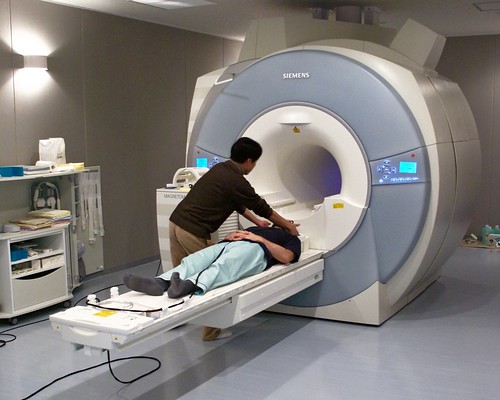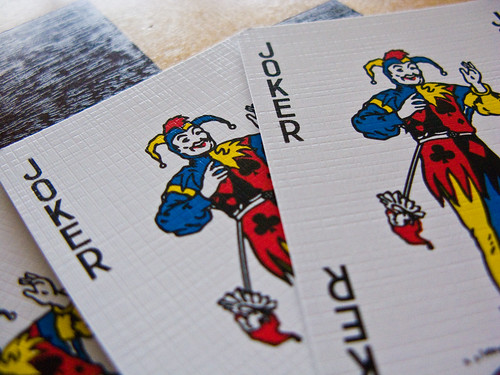(a) reveal grief
(b) demonstrate madness (mental illness)
(c) show despair
It appears in the following works by Shakespeare:
The Rape of Lucrece (poem)
"Let him have time to tear his curled hair, [line 1120]
Let him have time against himself to rave,
Let him have time of time's help to despair,
Let him have time to live a loathed slave,
Let him have time a beggar's orts to crave,
And time to see one that by alms doth live
Disdain to him disdained scraps to give."
Much Ado About Nothing (2.3)
Claudio:
Then down upon her knees she falls, weeps, sobs, beats her heart, tears her hair, prays, curses--'O sweet Benedick! God give me patience!'
Romeo and Juliet (3.3)
Romeo:
Thou canst not speak of that thou dost not feel.
Wert thou as young as I, Juliet thy love,
An hour but married, Tybalt murdered,
Doting like me, and like me banished,
Then mightst thou speak, then mightst thou tear thy hair,
And fall upon the ground, as I do now,
Taking the measure of an unmade grave.
Troilus and Cressida (4.2)
Cressida:
Tear my bright hair and scratch my praised cheeks,
Crack my clear voice with sobs and break my heart
With sounding Troilus. I will not go from Troy.
King Lear (3.1)
Kent:
I know you. Where's the king?
Gentleman:
Contending with the fretful element:
Bids the winds blow the earth into the sea,
Or swell the curled water 'bove the main,
That things might change or cease; tears his white hair,
Which the impetuous blasts, with eyeless rage,
Catch in their fury, and make nothing of;
Strives in his little world of man to out-scorn
The to-and-fro-conflicting wind and rain.
King John (3.4)
Constance:
I am not mad: this hair I tear is mine;
My name is Constance; I was Geffrey's wife;
Young Arthur is my son, and he is lost:
I am not mad: I would to heaven I were!
For then, 'tis like I should forget myself:
O, if I could, what grief should I forget!
[snip]
King Philip:
Bind up those tresses. O, what love I note
In the fair multitude of those her hairs!
Where but by chance a silver drop hath fallen,
Even to that drop ten thousand wiry friends
Do glue themselves in sociable grief,
Like true, inseparable, faithful loves,
Sticking together in calamity.
Constance:
To England, if you will.
King Philip:
Bind up your hairs.
Constance:
Yes, that I will; and wherefore will I do it?
I tore them from their bonds and cried aloud
'O that these hands could so redeem my son,
As they have given these hairs their liberty!'
But now I envy at their liberty,
And will again commit them to their bonds,
Because my poor child is a prisoner.
[...]
King Philip:
You are as fond of grief as of your child.
In the final example given above in King John (3.4), Constance defends her hair pulling as an expression of her grief for her son, rather than a sign of her madness. But whatever meaning the audience is supposed to place upon hair pulling in Shakespeare's plays (and in the poem) the underlying purpose of the action is to reveal the sincerity of the feelings, emotions, heart ache and frustration that underlies it. This reveals hair pulling to be an action that is not something that people feign or pretend to perform. It is a behaviour that is painful under regular circumstances. No one does it for fun! But in the face of genuine grief and anxiety it becomes a reaction that reveals itself to have benefits. It helps take some of the pain away by, paradoxically, increasing the intensity of a person's pain through the yanking of hairs. Maybe hair pulling is akin to self injuring in some way? However, whether self injuring behaviour is as automatically performed as hair pulling is hard to say. I find it fascinating that references to hair pulling in English literature are so plentiful. I just wish there were more references to it in psychology too!




